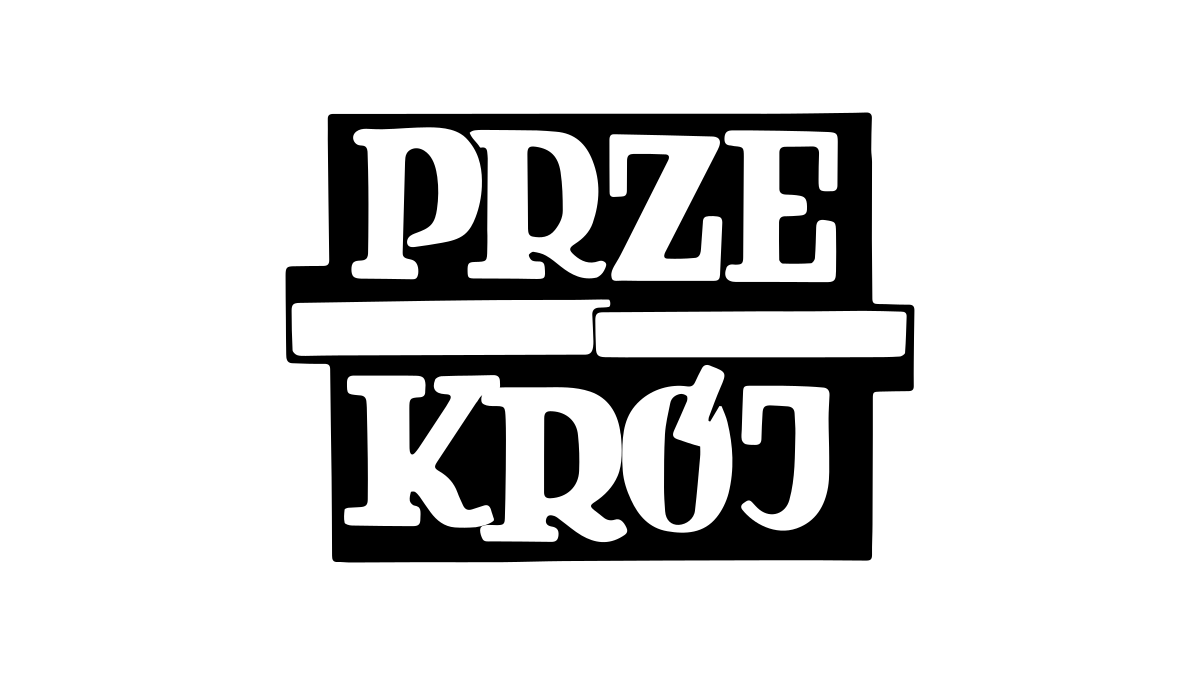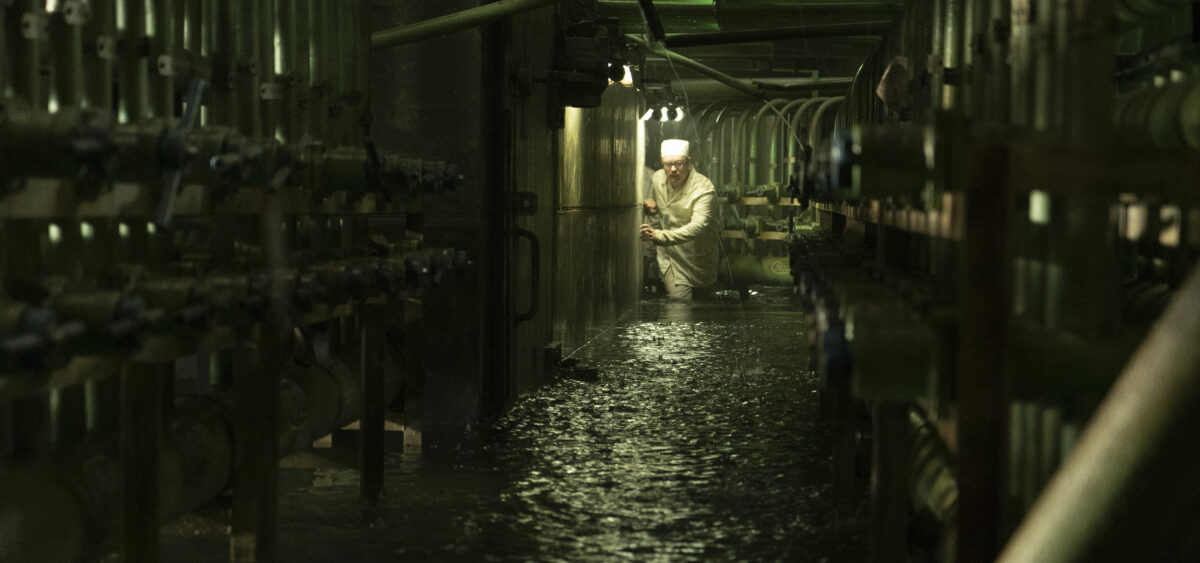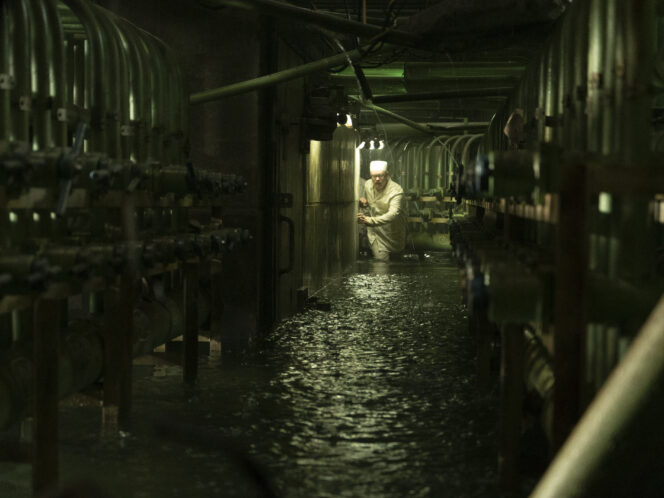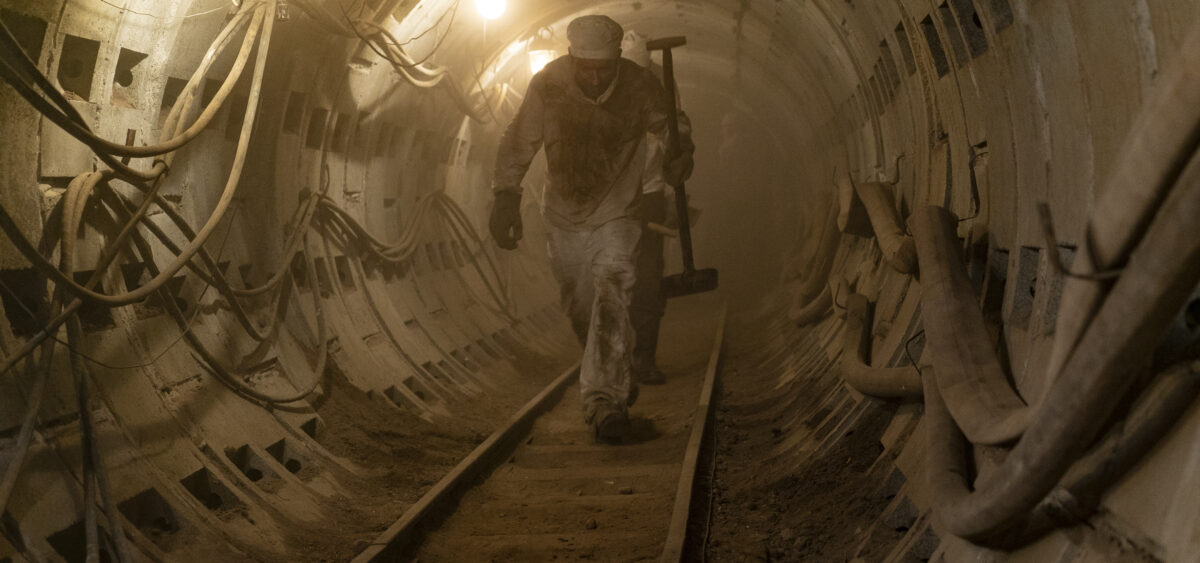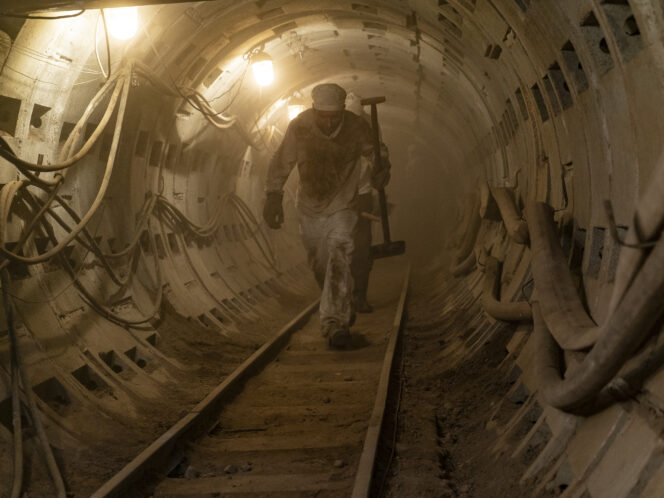
Jan Błaszczak: Do you remember the Chernobyl disaster?
Hildur Guðnadóttir: I vaguely remember it. I was living in Amsterdam with my parents at the time and I didn’t quite understand what was going on, but I do remember that there was a lot of conversations about the disaster. But there were so many elements to the story that I had no idea about until the series. So, apart from anything else, composing the score for Chernobyl was a really interesting learning process.
There was also a practical element to this learning process, because you travelled to a decommissioned nuclear plant in Lithuania. The recordings you made there were the starting point for your score. Where did the idea to do that come from?
The series is based on real events that have affected people, many of whom are still alive today. That’s why I wanted to be very honest about how the story was told. I thought it was important to base the score on a real space. I wanted to capture what radioactivity sounds like. The radiation is this huge element of the story, an element that you can’t really depict with a camera, but that you can feel and therefore almost hear. I wanted the music to be true to that. I spent the
